Taiwan’s bird population is just one facet of the country’s astonishing biodiversity. Of the 674 avian species spotted within its borders, 29 are endemic, meaning they’re seen nowhere else on Earth. There are also 55 endemic subspecies.
Even though Taiwan is one of the world’s smaller countries, what happens to birds here has an impact far beyond its borders. Taiwan’s coastal areas and outlying islands are key stopovers on the East Asian-Australasian Flyway, the migration corridor through which millions of birds migrate between their breeding grounds in the far north and the warmer regions where they spend the non-breeding season.
Monitoring local and visiting birds through research and citizen-science projects, while protecting these creatures and their habitats through educational work and influencing government conservation policy, are the core mission of Taiwan Wild Bird Federation (TWBF).
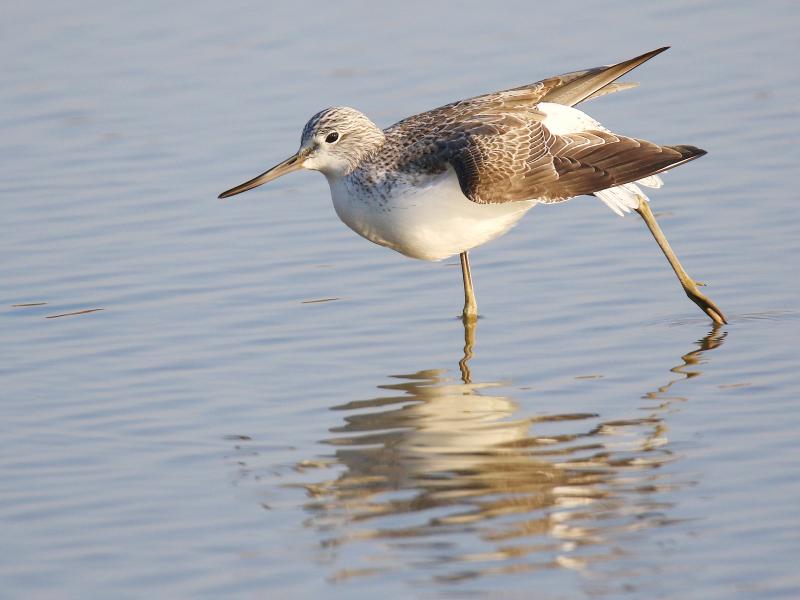
Photo courtesy of the Taiwan Wild Bird Federation
TWBF, which brings together 18 local bird associations and three ecology groups, isn’t letting its recent rupture with BirdLife International, a UK-based international partnership of bird conservation organizations, undermine its work at home, says Scott Pursner, TWBF’s director of international affairs.
More people than ever — including, before COVID-19 shut down international tourism, birdwatchers from as far afield as North America and Europe — are taking an interest in Taiwan’s avifauna. However, the country’s birds, like its wild plants and animals, continue to suffer the consequences of habitat loss, while facing other challenges, including climate change.
The endemic Taiwan Rosefinch and the endemic subspecies of the Alpine accentor became protected species last year because they face threats caused by climate change, Pursner says.
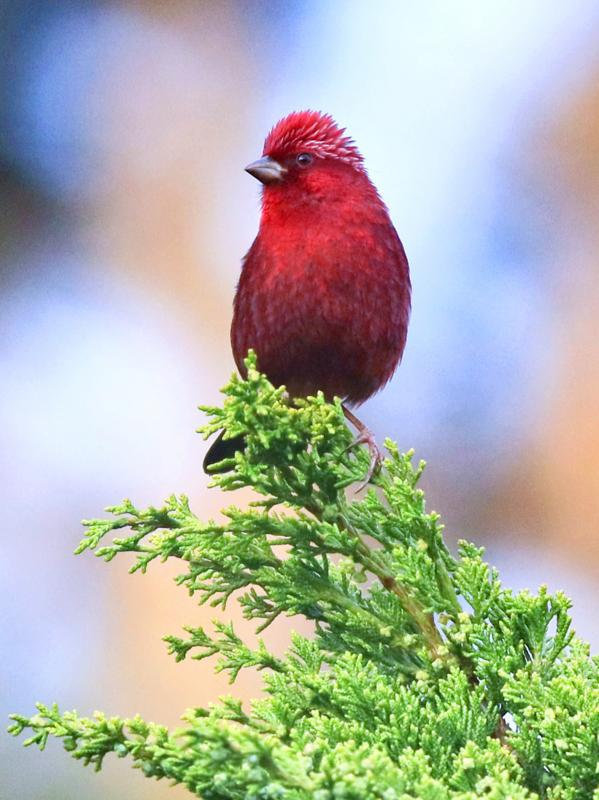
Photo courtesy of the Taiwan Wild Bird Federation
“As they are high altitude species, they are also vertical migrators, going up and down the sides of mountains for wintering and breeding. However as temperatures rise, their migration patterns have been changing, and they’ve been breeding and wintering higher and higher up, yet there’s only so much mountain,” Pursner says. “Studies have already shown that their populations are in decline.”
Climate change is also a factor in some species extending their range. For instance, Little Egrets — a common sight in Taiwan’s lowlands — have spread from France into England. Pursner doesn’t expect any non-native species to establish footholds in Taiwan for this reason, yet he warns that invasive species such as starlings and mynas pose a threat to native birds by competing for food and nesting sites.
“More outreach work is needed to raise awareness on this matter. Also, stronger rules for the pet trade, and better enforcement of those rules, are necessary,” says Pursner.
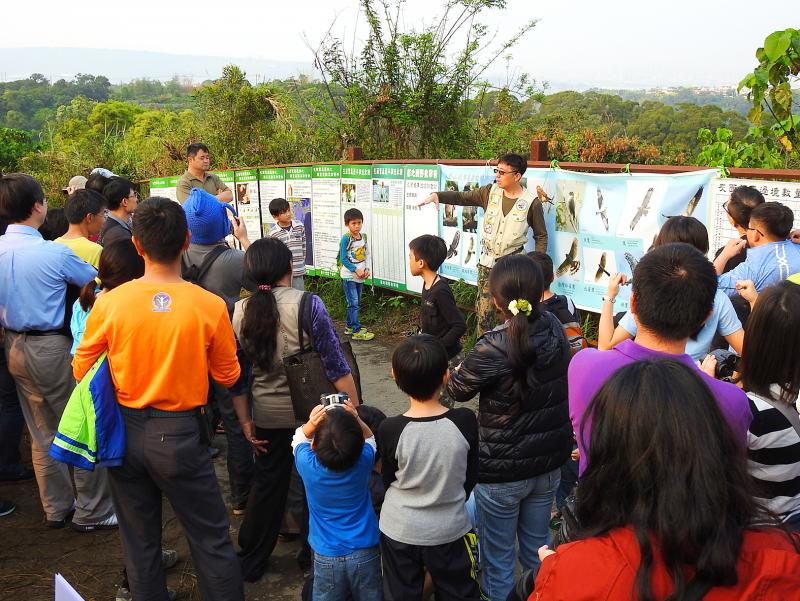
Photo courtesy of the Taiwan Wild Bird Federation
Referring to a custom that involves the setting free of captured creatures, to bring good luck to those who do it and to make amends for sins committed in previous lives, he says that “more needs to be done to address the Buddhist practice of ‘mercy release.’”
Species on the edge of extinction get a great deal of attention, but Pursner is keen to point out that TWBF also cares about common species.
“We need to ensure that common species stay common, for example the Eurasian tree sparrow. These birds are a sort of barometer for the local environment. If they become rare, it means our environment is becoming degraded,” he says.
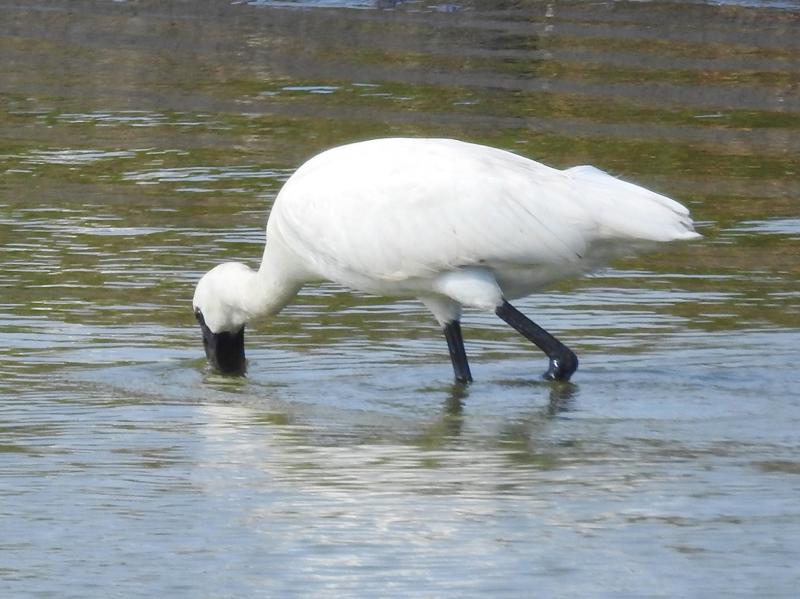
Photo: Steven Crook
To monitor trends within the avian population in Taiwan and its outlying islands, TWBF co-organizes the annual Taiwan New Year Bird Count (NYBC), in which teams of volunteers survey birds at sites throughout the country. TWBF expects to release the 2020 report, based on data gathered from Dec. 21 last year to Jan. 12 this year, by the middle of next month.
The timing of the count makes it possible to include migrants that arrive via the East Asian-Australasian Flyway — and the report’s preface notes that comparing NYBC data collected between 2014 and last year shows that 15 of the 47 migratory waterbird species have experienced significant declines. On the other hand, the numbers of some other species have risen in recent years.
Of birds seen in Taiwan, perhaps none is in greater danger of disappearing altogether than the Chinese crested tern. For decades, the species was believed extinct until it was rediscovered by a documentary filmmaker in the Matsu archipelago in 2000.
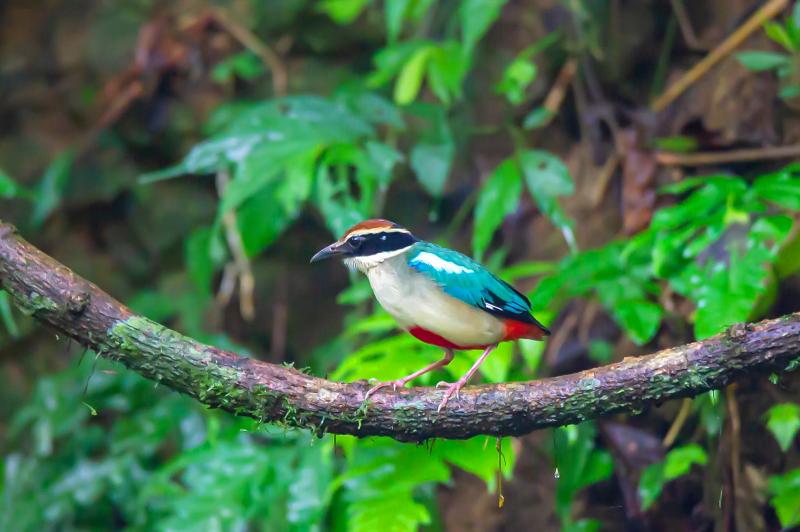
Photo: Chang Yi-cheng
Within months of this stunning revelation, eight uninhabited islands were designated the Matsu Islands Tern Refuge, to protect the Chinese crested tern and other seabirds.
As Pursner writes in an August article TWBF’s Web site (www.bird.org.tw), conservation work has been complicated by the various stakeholders’ different priorities. Lienchiang County Government, which administers the archipelago, sees the islands’ seabirds as an ecotourism lure which can generate economic opportunities. Local fishermen continue to fish or collect seaweed within the refuge, which is illegal, but enforcement isn’t strict.
Despite efforts to protect the species, it’s thought the number of Chinese crested terns in the world may not exceed 100.
“It’s still the world’s most endangered seabird,” says Pursner, who got into birding and conservation when growing up in New Jersey, US.
The fairy pitta is listed as “vulnerable” on the International Union for Conservation of Nature and Natural Resources (IUCN) Red List of Threatened Species. Known among Taiwanese as the “eight-color bird” (八色鳥), this spectacular species is associated with the wooded hills that separate Yunlin County from Nantou County, though it’s known to breed throughout Taiwan.
Local environmentalists have been alarmed about the decline in breeding birds which come to Taiwan.
“Surveys show a steep decline over the years, and we’re not quite sure why,” Pursner says. He explains that, while pittas face certain threats like habitat loss here in Taiwan, “on the larger scale, there’s concern about the situation in the pitta’s wintering ground, which is in Borneo. More international collaboration is needed to better understand and address the matter.”
Globally, the pheasant-tailed jacana doesn’t face any threat of extinction. In Taiwan, however, the species is present at just a handful of sites.
“Pheasant-tailed jacana numbers are actually increasing due to the hard work of the folks at the Pheasant-tailed Jacana Conservation Park (水雉生態教育園區), which is under our partner association, the Wild Bird Society of Tainan,” Pursner says.
The park, in Tainan’s Guantian (官田) District, was developed in response to the construction of the Taiwan High-Speed Railway. Because the HSR runs through what used to be a key breeding spot for pheasant-tailed jacana, part of a sugarcane plantation was converted into a wetland where the birds can breed, rest and find food.
“The park’s volunteers have put in lots of time working with the local farmers and the community to encourage organic farming practices as the raising of water chestnuts which the jacanas need for breeding,” Pursner says. Asked if he’d go so far as to call the park a “conservation success,” he answers with an emphatic yes.
Many of the world’s Black-faced spoonbills spend the winter on Taiwan’s southwestern coast, and the global population has bounced back since 1994, when fewer than 400 birds were counted.
The Taiwan Black-faced Spoonbill Census counted a record 2,785 of the birds this year, an increase of 378 compared to the previous year. Another study, by the International Black-faced Spoonbill Census, found 4,864 birds throughout East Asia, more than ever before.
Despite the upward trend, Pursner is concerned about plans to build solar-power plants in the fish ponds and salt pans where black-faced spoonbills feed and rest.
“The government needs to do more to ensure that wild bird populations are able to remain safe and stable as they develop plans for green energy. Solar farms have been placed in or are planned for areas used by bird species which have already been squeezed by past development and a lack of space. Wind turbines may obstruct migratory routes, and many of them are planned for Changhua County, home to the largest area of mudflats in the country,” he says. “For any conservation issue related to birds, it’s important that the government, NGOs, and local people work together.”
Asked what ordinary people in Taiwan can do for the country’s birds, Pursner makes three suggestions: “Support citizen science. Support local conservation groups. And don’t litter!”

That US assistance was a model for Taiwan’s spectacular development success was early recognized by policymakers and analysts. In a report to the US Congress for the fiscal year 1962, former President John F. Kennedy noted Taiwan’s “rapid economic growth,” was “producing a substantial net gain in living.” Kennedy had a stake in Taiwan’s achievements and the US’ official development assistance (ODA) in general: In September 1961, his entreaty to make the 1960s a “decade of development,” and an accompanying proposal for dedicated legislation to this end, had been formalized by congressional passage of the Foreign Assistance Act. Two

Despite the intense sunshine, we were hardly breaking a sweat as we cruised along the flat, dedicated bike lane, well protected from the heat by a canopy of trees. The electric assist on the bikes likely made a difference, too. Far removed from the bustle and noise of the Taichung traffic, we admired the serene rural scenery, making our way over rivers, alongside rice paddies and through pear orchards. Our route for the day covered two bike paths that connect in Fengyuan District (豐原) and are best done together. The Hou-Feng Bike Path (后豐鐵馬道) runs southward from Houli District (后里) while the

March 31 to April 6 On May 13, 1950, National Taiwan University Hospital otolaryngologist Su You-peng (蘇友鵬) was summoned to the director’s office. He thought someone had complained about him practicing the violin at night, but when he entered the room, he knew something was terribly wrong. He saw several burly men who appeared to be government secret agents, and three other resident doctors: internist Hsu Chiang (許強), dermatologist Hu Pao-chen (胡寶珍) and ophthalmologist Hu Hsin-lin (胡鑫麟). They were handcuffed, herded onto two jeeps and taken to the Secrecy Bureau (保密局) for questioning. Su was still in his doctor’s robes at

Mirror mirror on the wall, what’s the fairest Disney live-action remake of them all? Wait, mirror. Hold on a second. Maybe choosing from the likes of Alice in Wonderland (2010), Mulan (2020) and The Lion King (2019) isn’t such a good idea. Mirror, on second thought, what’s on Netflix? Even the most devoted fans would have to acknowledge that these have not been the most illustrious illustrations of Disney magic. At their best (Pete’s Dragon? Cinderella?) they breathe life into old classics that could use a little updating. At their worst, well, blue Will Smith. Given the rapacious rate of remakes in modern